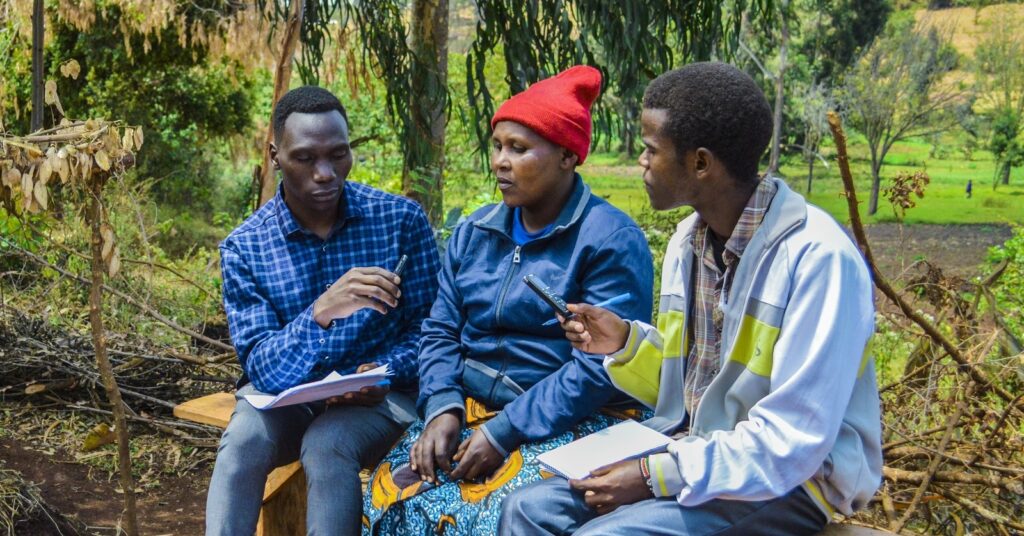Family Farmers: The Future of Asia and the Pacific (APRC 35)
Food systems in Asia and the Pacific region are changing rapidly in both the supply and demand
dimensions because of economic growth, structural transformation, emerging technologies and
urbanization. The livelihoods of family farm households are becoming more complex and diversified, relying more on non-farm income. Although non-farm income helps alleviate poverty, it can also pose challenges in making family farming more competitive and diversified in order to provide nutritious food at affordable prices.
Growing urbanization is leading to fundamental changes in food systems and food environments affecting consumers’ food choices and how farmers connect with markets. Asia-Pacific is home to 479 million of the world’s undernourished, while overweight and obesity continue to rise among children and adults. Given that progress in alleviating hunger has reversed and stalled after many years of rapid progress, it is crucial to benefit from the potential of structural transformation and urbanization in order to achieve zero hunger in Asia and the Pacific region.
Check the list of documents for APRC 35 here.



